Yes, you’ve heard it all before – the love of the nation, a true Malaysian icon, and so on and so forth. But in a world where we celebrate and revere only the rare and exotic, it’s all too easy to undermine the significance of something in our backyard, something so humble, something we see so much of everyday we almost take it for granted.
It’s sort of like this – foodies all over the world may gush and wax lyrical about coq au vin, bouillabaisse and Beluga caviar, but the modest nasi lemak, found on every street corner, has probably leaked more drool, satiated more appetites, evoked more memories and touched more hearts. In Malaysia, at least.
Such is the story with the Myvi. Little did Perodua guess, upon the little hatch’s 2005 birth, that it would become the country’s most popular car for the best part of a decade (believe it or not, it was actually intended to be a niche model in a sedan-dominated market).
Bottom row (L-R): 2011 second-gen Extreme, 2015 second-gen facelift Advance
The Myvi’s inception also marked the first time Perodua was in direct competition with Proton, but in contrast to the Savvy, it was an instant hit that Malaysians simply couldn’t get enough of. It was affordable, mechanically simple, ridiculously easy to drive, eminently practical and surprisingly spacious.
From the original 1.0 and 1.3 models, to the 2008 facelift, moving up to 1.3 and 1.5 litre engines with the 2011 second generation, and finally the 2015 facelift with two distinct looks, a comprehensive accessories catalogue and more standard equipment than ever before, the Myvi has found over 850,000 homes and targets the big million by end-2017.
Considering the depth of Malaysia’s love for the Myvi, we think that’s more than achievable, don’t you? Feast your eyes on our through-the-ages gallery to see how our favourite set of wheels has evolved and grown with us. Which do you like best?
Looking to sell your car? Sell it with Carro.

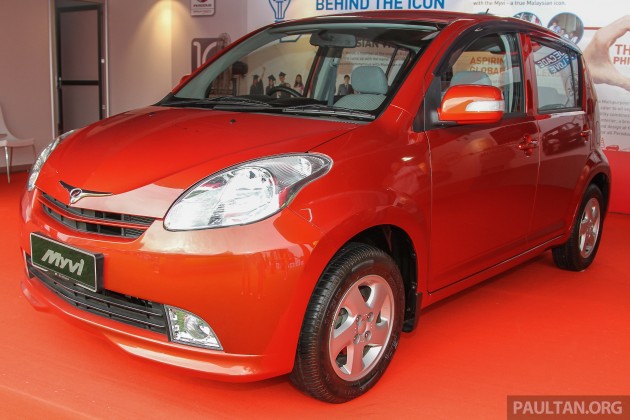




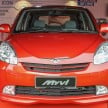
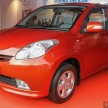
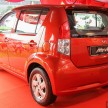
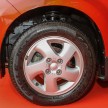
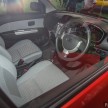
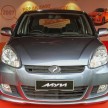
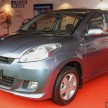
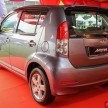
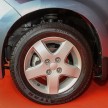
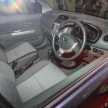
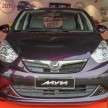
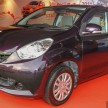
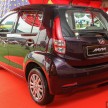
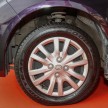
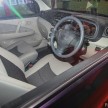
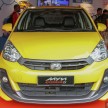
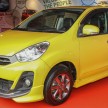
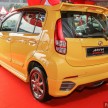
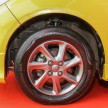
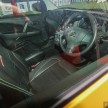
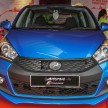
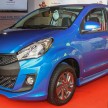
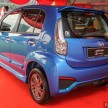
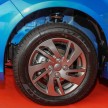
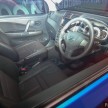


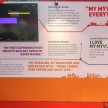

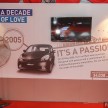
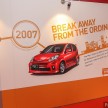
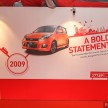
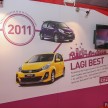
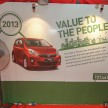
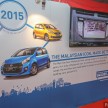
















AI-generated Summary ✨
Comments highlight the Perodua Myvi's significance as Malaysia's pioneering and affordable compact car, with many praising its safety features, spaciousness, and reliability over the years. It is credited for pushing Malaysian manufacturers like Proton to improve safety and competitiveness. Some critics view the Myvi as a rebadged Daihatsu, questioning its Malaysian authenticity and suggesting market protectionism has inflated its sales. There is debate over its safety standards, with some noting safety improvements in Proton models recently. Overall, the Myvi is seen as a game-changer that elevated local industry standards and set a benchmark, though some regard it as a simple, utilitarian vehicle mainly valued for practicality. Sentiments vary from pride and admiration to criticism of market protection and complacency.